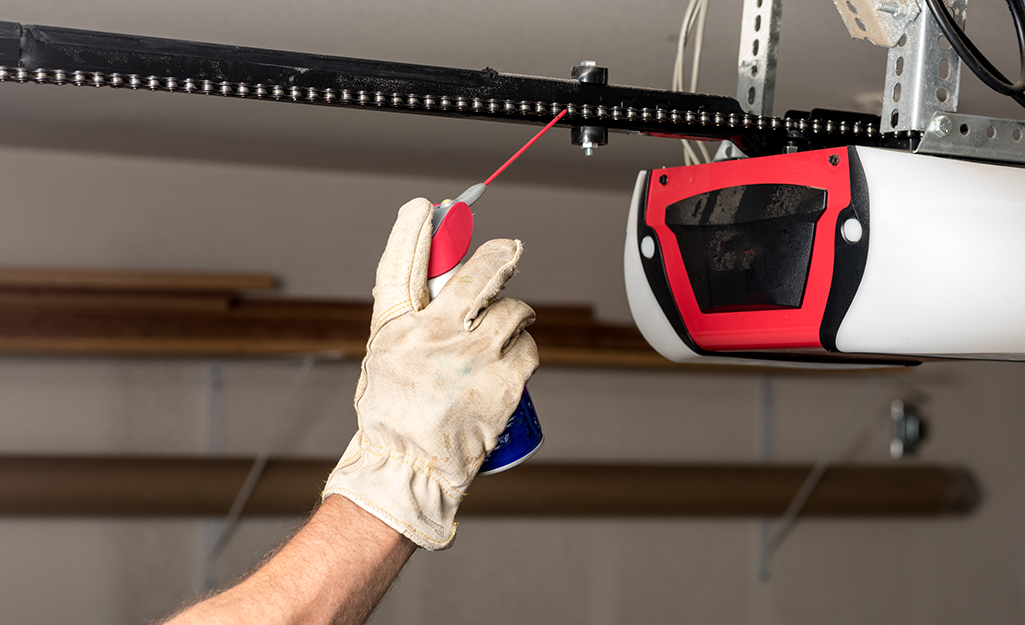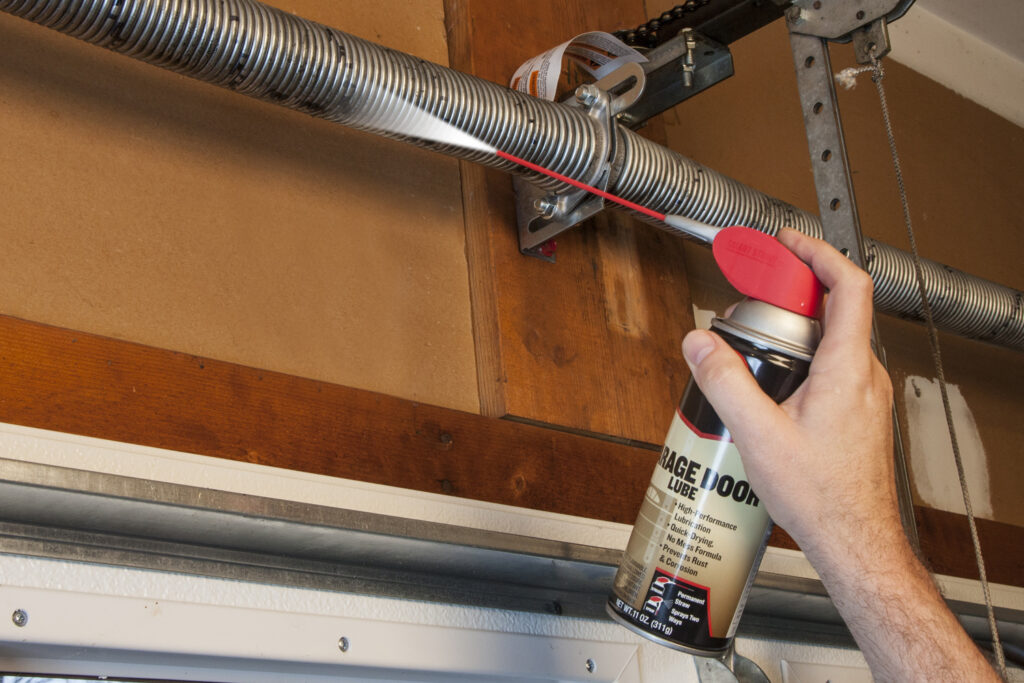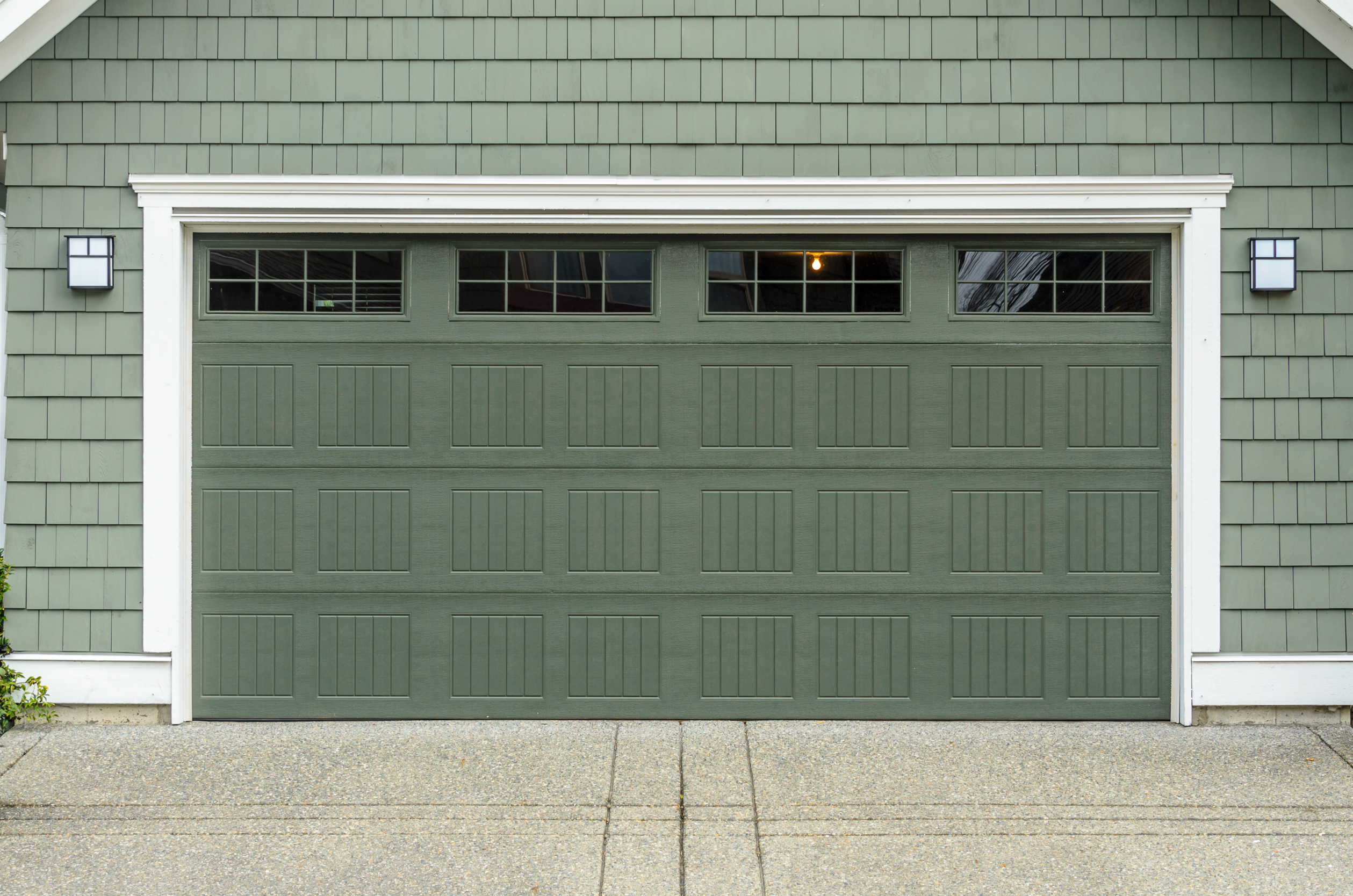Introduction
Maintaining your garage door is essential for ensuring its longevity and smooth operation. One of the most critical aspects of garage door maintenance is lubrication. Over time, the moving parts of your garage door can become stiff, noisy, and even dysfunctional if not properly cared for. This article will provide you with a comprehensive guide on how to lubricate your garage door effectively, helping you keep it running smoothly and efficiently.
Understanding Your Garage Door Mechanism
Before diving into the lubrication process, it’s important to understand how your garage door works. Most garage doors operate using a series of components that work together to open and close the door. The primary parts include:
- Tracks: The metal tracks guide the door as it opens and closes.
- Rollers: These are attached to the door and roll along the tracks to facilitate movement.
- Hinges: Hinges connect different sections of the garage door and allow it to bend and pivot.
- Springs: These counterbalance the weight of the door, making it easier to lift.
- Opener: The motorized opener activates the door’s movement.
Proper lubrication of these components can significantly reduce friction, noise, and wear, ensuring your garage door operates smoothly and efficiently.

The Importance of Lubrication
Lubrication serves multiple purposes in the maintenance of your garage door:
- Reduces Friction: Lubricants minimize friction between moving parts, which helps prevent wear and tear. This can extend the lifespan of components like rollers, tracks, and springs.
- Prevents Rust and Corrosion: Lubrication protects metal components from moisture, preventing rust and corrosion, which can weaken parts over time.
- Enhances Performance: A well-lubricated garage door operates more quietly and efficiently, reducing the risk of jams or breakdowns.
- Improves Safety: Regular lubrication helps ensure the door functions smoothly, minimizing the risk of accidents or injuries caused by malfunctioning components.
Choosing the Right Lubricant
Not all lubricants are suitable for garage door maintenance. Selecting the right product is crucial to ensure the best performance and longevity of your garage door. Here are some lubricant options to consider:
- Silicone Spray: Silicone-based lubricants are excellent for garage doors as they provide long-lasting lubrication without attracting dirt and grime. They work well on metal, plastic, and rubber components.
- Lithium Grease: Lithium grease is a thick lubricant that is ideal for high-friction areas such as hinges and rollers. It provides a durable layer of protection and is particularly effective in preventing rust.
- Teflon Spray: Teflon lubricants offer excellent friction reduction and can withstand high temperatures. They are particularly useful for garage door tracks and springs.
- Avoid Oil-Based Lubricants: Traditional oil-based lubricants, such as WD-40, are not recommended for garage doors. While they may provide temporary lubrication, they can attract dust and debris, leading to more friction and potential damage over time.
Step-by-Step Lubrication Process
Step 1: Gather Your Tools
Before you start the lubrication process, gather the necessary tools and materials:
- A suitable lubricant (silicone spray, lithium grease, or Teflon spray)
- A clean cloth or rag
- A ladder (if needed)
- Safety goggles and gloves (for protection)
Step 2: Inspect the Garage Door
Before applying lubricant, perform a thorough inspection of your garage door. Check for any signs of wear and tear, such as frayed cables, rusted springs, or damaged rollers. Address any issues before proceeding with lubrication, as these may require repair or replacement.
Step 3: Clean the Components
Cleaning the moving parts of your garage door is essential before lubrication. Dust, dirt, and debris can accumulate over time, hindering performance and causing wear. Use a clean cloth or rag to wipe down the following components:
- Tracks: Remove any dirt or debris from the tracks using a cloth. Avoid using harsh chemicals or solvents that could damage the surface.
- Rollers and Hinges: Wipe down the rollers and hinges to remove any buildup of dirt or grease. This will ensure the lubricant adheres properly.
- Springs: Inspect the springs for any rust or corrosion. Wipe them down gently to remove any surface debris.
Step 4: Apply the Lubricant
Now it’s time to apply the lubricant to your garage door components. Follow these guidelines for effective application:
- Tracks: Apply a thin layer of silicone spray or Teflon spray along the length of the tracks. Use a cloth to spread the lubricant evenly and remove any excess.
- Rollers: Spray or apply lithium grease directly onto the rollers. Make sure to lubricate both the wheel and the axle. Rotate the rollers as you apply the lubricant to ensure even coverage.
- Hinges: Apply a small amount of lubricant to each hinge. Make sure to coat both sides and move the hinges back and forth to work the lubricant in.
- Springs: For springs, apply a light coat of lubricant directly onto the coils. Avoid over-lubricating, as excess lubricant can attract dust and grime.
Step 5: Test the Garage Door
Once you’ve applied the lubricant, it’s essential to test the garage door to ensure everything is functioning smoothly. Open and close the door several times to allow the lubricant to penetrate the components fully. Listen for any unusual noises or squeaks that may indicate areas needing further attention. If the door operates quietly and smoothly, you’ve successfully lubricated your garage door.
Step 6: Regular Maintenance
To keep your garage door in optimal condition, make lubrication a part of your regular maintenance routine. It’s recommended to lubricate your garage door at least twice a year, or more frequently if you notice any signs of stiffness, noise, or wear.
In addition to lubrication, perform regular inspections of all components, including tracks, rollers, springs, and cables. If you notice any issues, address them promptly to prevent further damage or potential safety hazards.

Troubleshooting Common Garage Door Issues
Even with regular lubrication and maintenance, you may encounter some common garage door issues. Here are a few problems you might face and how to address them:
- Garage Door Won’t Open or Close: If your garage door is stuck, check for any obstructions in the tracks or on the door itself. Ensure that the sensors are aligned and free from dirt or debris. If the issue persists, the problem may lie with the opener, which may require professional repair.
- Noisy Operation: If your garage door is still noisy after lubrication, inspect the rollers and hinges for wear. Replace any worn components as necessary, and ensure the tracks are clean and aligned.
- Uneven Movement: If the door is opening or closing unevenly, check the springs and cables for signs of damage. Uneven tension can lead to improper door movement, which may require adjustment or replacement of springs.
- Slow Operation: A slow-moving garage door may indicate that the tracks or rollers are dirty or that the lubricant has worn off. Clean the components and reapply lubricant as needed.
- Remote Control Issues: If your garage door remote isn’t working, check the batteries and ensure that there are no obstructions blocking the signal. Reprogramming the remote may also help resolve the issue.
Conclusion
Proper lubrication is a crucial aspect of DIY garage door maintenance that can significantly enhance the door’s performance and longevity. By following the steps outlined in this guide, you can ensure that your garage door operates smoothly, quietly, and safely. Regular maintenance, including lubrication and inspection of components, will help you avoid costly repairs and ensure your garage door remains a reliable entry point for years to come. Remember, a well-maintained garage door not only adds convenience but also contributes to the overall safety and efficiency of your home.


